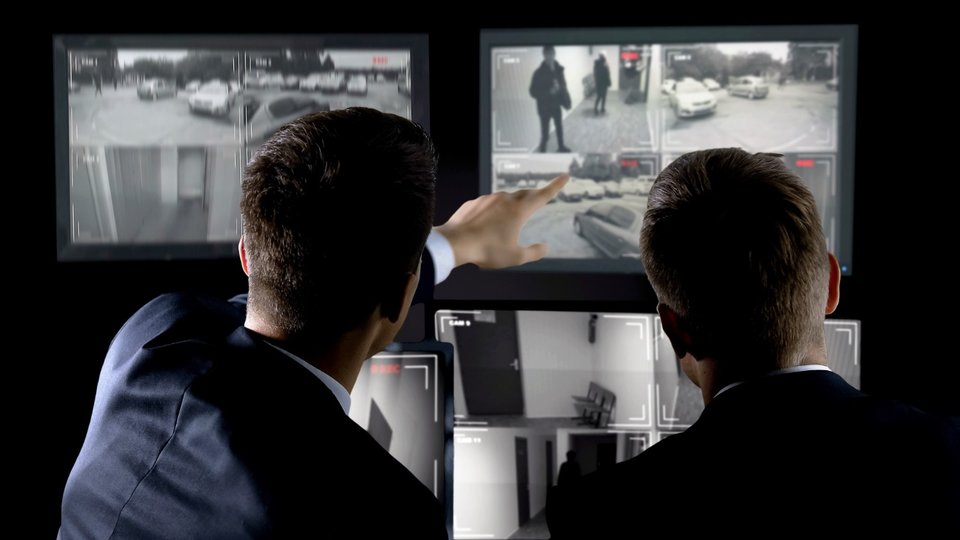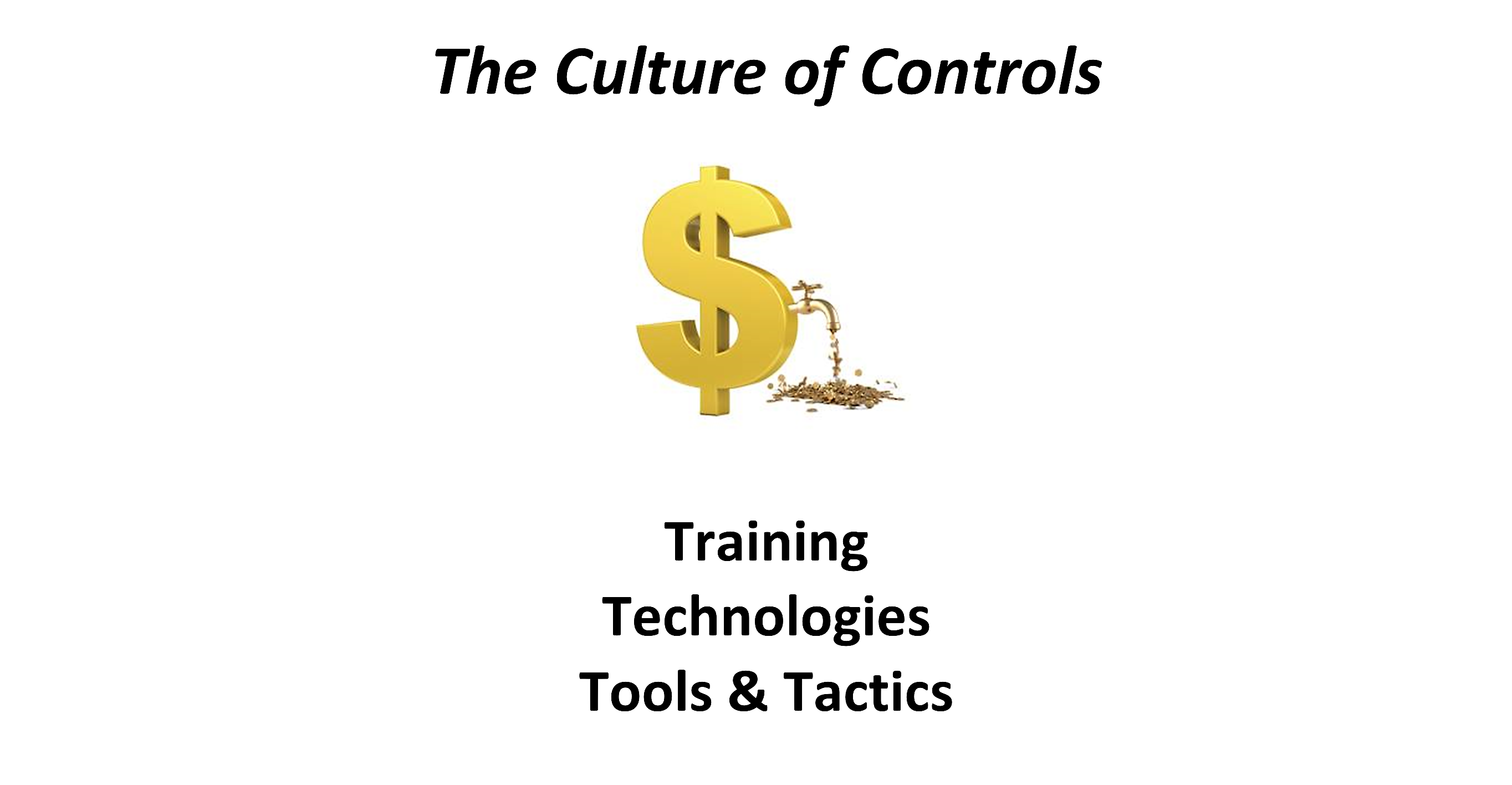Commentary
Loss prevention synergy: training, technology, tools, tactics
Vending theft prevention consists of four elements that work together: training, technologies, tools and tactics.

June 28, 2021 by Mark Manney — Founder/CEO, Loss Prevention Results Inc.
There are four major components to the "culture of controls" to reduce internal employee theft in a vending operation: training, technologies, tools and tactics. All four of these components work together.
The training component of loss prevention is covered in depth in a 117-page manual that this blog is a snap shot of. You can find it in the Vending Times resources tab.
The technologies
 |
The technologies of loss prevention consist of covert motion activated cameras and three types of covert GPS:
1. Passive covert GPS. You retrieve the magnetic hidden unit and download the data on a computer to see where the vehicle has been. One or two units is usually enough and extremely inexpensive with a one-time cost.
2. Real-time covert GPS. This allows you to track the vehicle live. This works well for conducting individual machine/changer audits minutes after the employee of interest leaves an account. One or two units is usually enough. These have a monthly cost but are still relatively inexpensive
3. Real-time fleet management GPS for technicians. This is the most expensive GPS, but with it, your dispatcher becomes the brains and the technicians the hands, driving productivity and increasing customer service. It will lead to increased productivity and decreased payroll.
Covert camera technology is constantly evolving, and I have used pinhole lens motion activated cameras in machines, changers, trucks, store rooms, warehouses, money rooms and offices exposing theft in every location.
Although covert cameras are splashy and effective, nothing like pictures and videos of employees caught red-handed stealing or customer employees shaking machines on third shift will so swiftly bring an end to bad seeds ripping you off. GPS in its three forms has been the number one technology exposing employee theft, fraud and business abuse.
There is also synergy between covert cameras and GPS. With a suspected dishonest route driver, route relief driver or technician you can combine a covert camera, covert GPS and a step-by-step, two-manager, real-time machine/changer audit that will prove with indisputable evidence if any cash is skimmed.
The tools
The main tools include tamper evident bags for cash control and locking key rings for key control.
A third minor tool is local annunciating (30 seconds at 120 decibels) battery operated motion detector alarms used in warehouses, cafeterias and store rooms. Some brands have a chime alarm as well.
These three are powerful tools in protecting your cash, keys and product.
The tactics
The practical tactical component of the "culture of controls" is quite extensive as it combines the training, technologies and tools into the day-to-day operating culture of a company. As the controls in place are announced and followed up on by management, just their known presence will put the "prevention" in loss prevention.
I created a pre-and post-machine audit, step-by-step flow chart to allow a two-person management investigative team to focus on an employee of interest and to determine if that employee was skimming cash from a particular machine during a particular collection.
Combining a covert camera with real-time covert GPS, the investigative team went to a pre-determined account just before the arrival of the employee of interest and put in a certain amount of pre-counted cash, with the serial number side of the bills photocopied into a certain machine.
All the photocopies of the serial side of the cash were initialed by both managers with the date and time included. They then they switched out the cash and took the machine's readings and left.
The real-time GPS told them exactly when the employee arrived and left. They went back right behind the employee, made sure the collection was made, retook the machine's readings, switched out the SD card in the covert camera, and then went back to the company and waited for the money bags to be turned in.
After the employee turned in his money bags, the two managers counted the audited machine's bag.
The video was also reviewed to ensure no one else was in the machine.
On several occasions, I saw videos of investigated employees putting bills in their wallets on camera right in front of the machines.
If any cash was missing, the employee could be questioned before he or she left for the day. A case could also be built through a series of audits.
If the evidence warranted it when the employee being questioned was confronted, they usually have some or all of the missing bills in their wallet, with the matching serial numbers being indisputable evidence. Occasionally they would hide the stolen cash in their truck, in which case the truck would always be searched by two managers during the questioning.
There were multiple instances where the stolen cash was found hidden in the truck while the employee was being questioned and the serial numbers matched the cash not turned in with the collection.
When prosecuting, we would always turn in the pre- and post-audit flow chart to the police to prove the cash recovered was stolen. Nine out of ten times we would also get a confession from the employee when confronted with this level of evidence.
Sell employees on theft deterrence
I am a strong believer in giving the pre- and post-machine audit flow chart to all employees during the loss prevention orientation before it is ever used so they can see how powerful this tactic is.
Just as you market your products to your customers, one of the most powerful tactics you can do in relation to loss prevention is to market theft deterrence to your employees.
How many employees steal?
- 21% of employees will never steal no matter the opportunity.
- 13% of employees will steal at every opportunity.
- 66% of employees may steal if they see the 13% doing it and getting away with it or if the 13% are caught or exposed and there are no real consequences.
Theft deterrence marketing will work on the 66%. You don't have to worry about the 21%, but you will have to pull the investigative confrontational trigger on the 13%.


